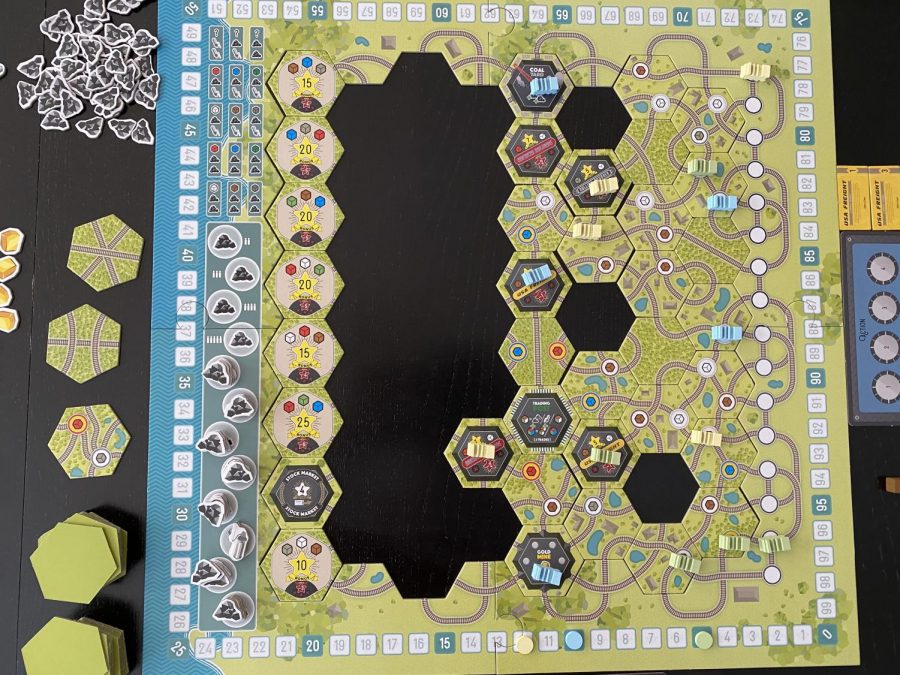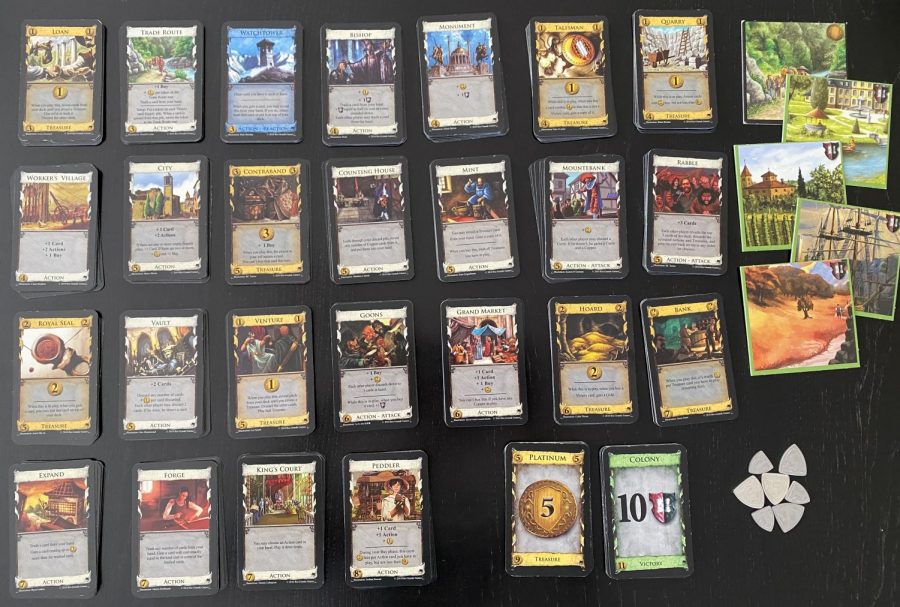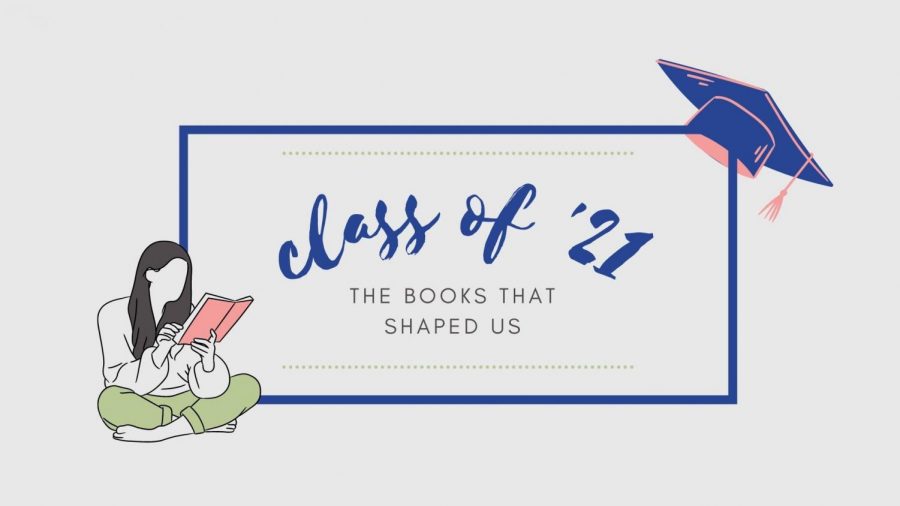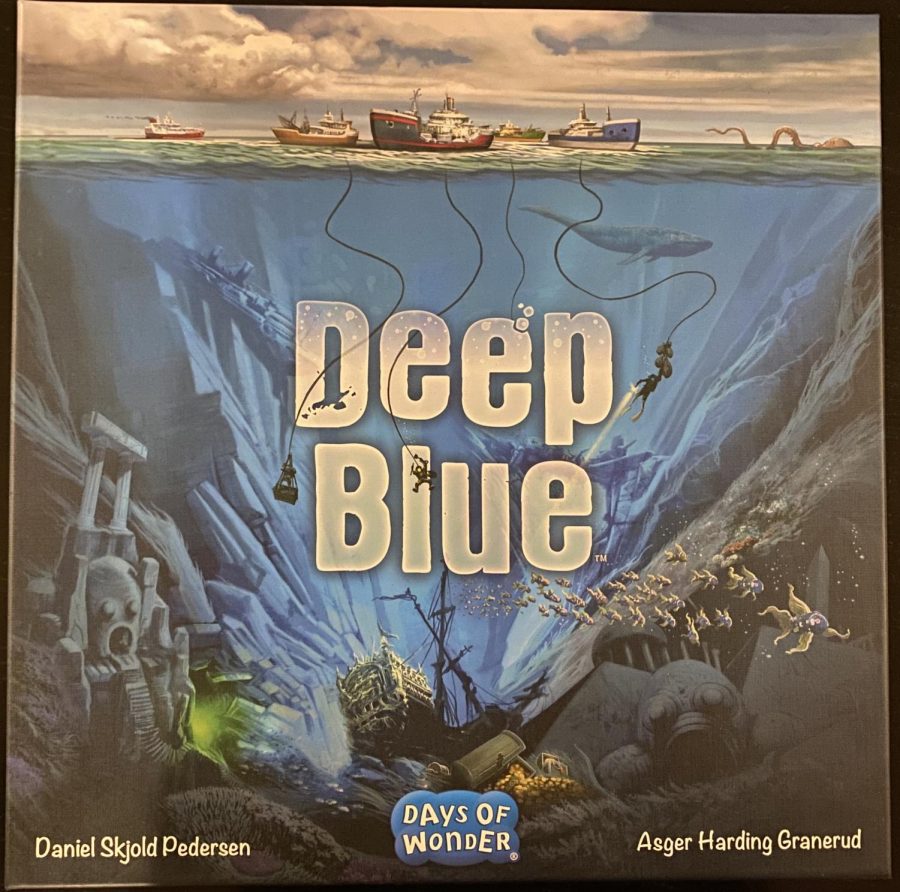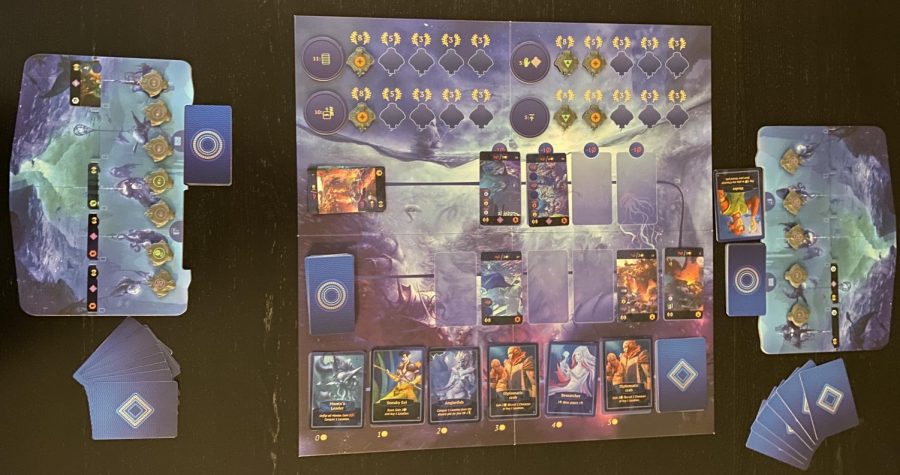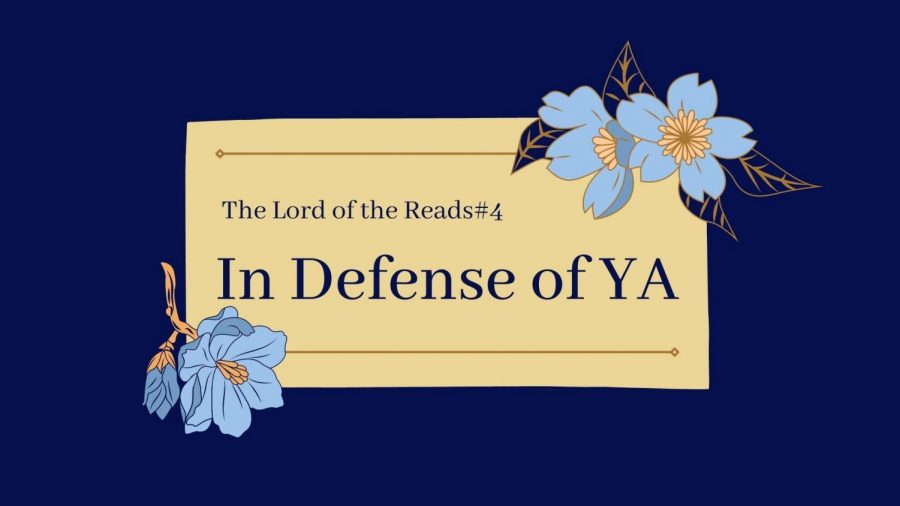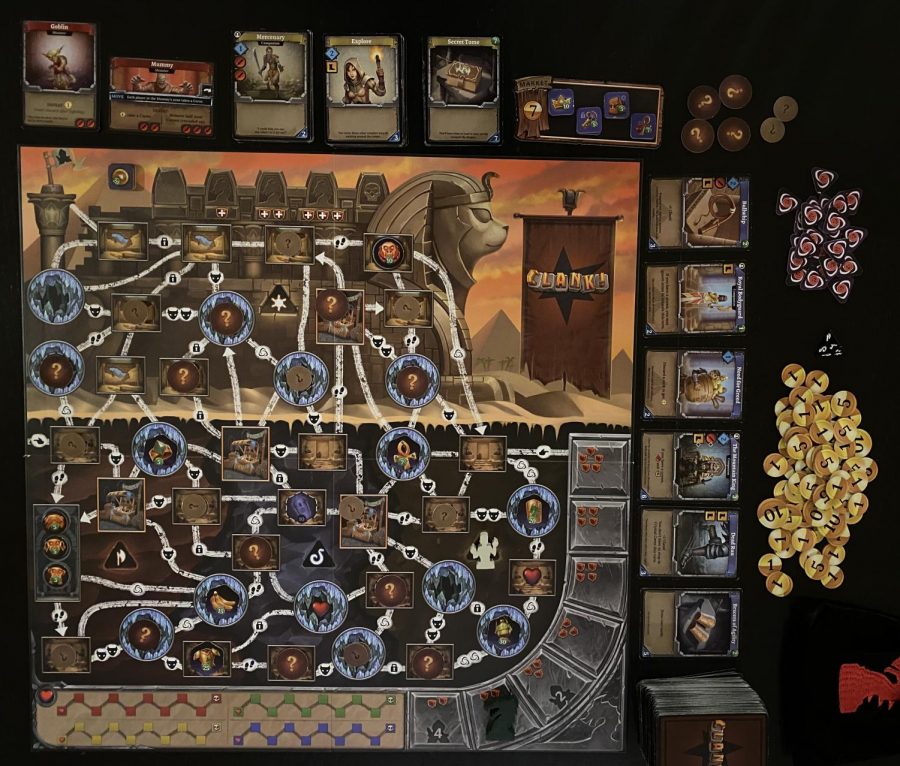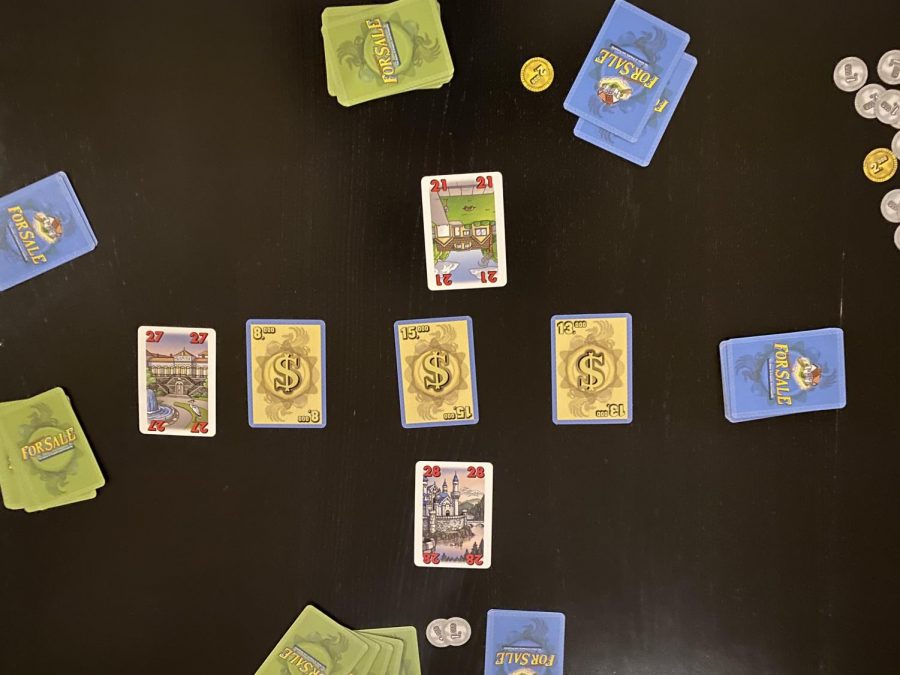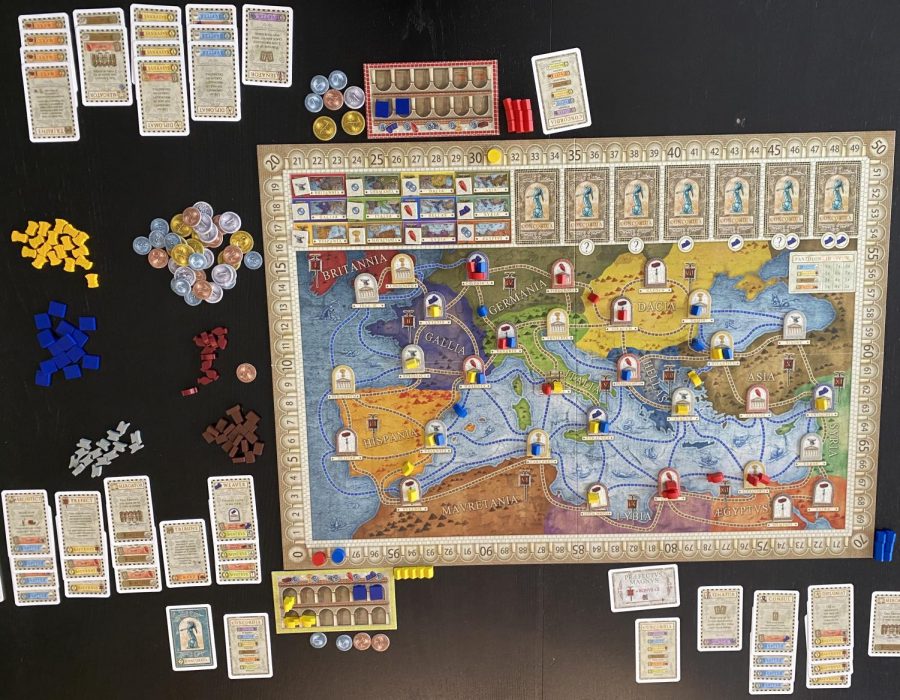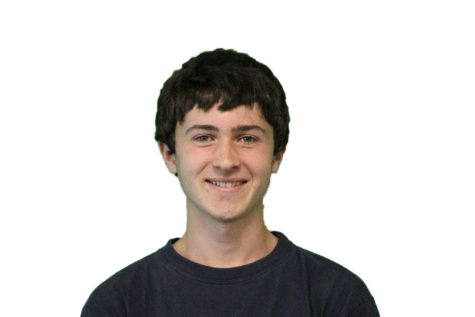
Over the next two weeks, I will try to learn how to play simple songs by ear. Specifically, I will attempt to play the melody of a simple pop song on the piano, without sheet music and with limited trial and error.
The goal of this experiment is to determine whether or not an inexperienced person, with minimal practice, can learn to play an instrument they are unfamiliar with by ear. Currently, I cannot play any instrument by ear, although I have had some experience in music. I expect it to be quite a challenge, although I am optimistic about the results.
The method I will be using for this is Alain Benbassat’s, which is available on his app Functional Ear Trainer.
Benbassat’s method consists of understanding the relationships of solfege syllables (do, re, mi, fa, so, la, ti, and do) to the tonic note, or the beginning of the scale (do). The theory is that with enough practice, users will be able to internalize the relationships and each note’s “color,” and then apply that to a real song.
The app can guide the player in their journey to playing an instrument of their choice. The trainer first plays a few chords to establish the key (the scale that forms the basis of a composition), then plays a random note within that key. The player must try to guess which note is played before the program plays the tonic note. This process is repeated for the next notes.
After recognizing the notes, getting the song onto the piano is relatively simple. It requires learning which piano keys correspond to each solfege syllable in the key of the song you are trying to learn. Since I expect that getting the song onto the piano will be the most natural part, I will hold off on practicing that.
As a starting point, I opened the app and practiced for about an hour before taking a 50 question quiz, in which I correctly guessed 60% of the notes, but I fear this is less than halfway to mastery. The statistics page revealed that even though I got the tonic “do” and adjacent notes correct almost every time, I was much less consistent with the notes that were further away from the tonic, which is far more difficult. That will improve with time and practice.
While this is a poor performance, it is an acceptable starting place. I suspect I started with a slight advantage since I have played saxophone for a couple of years, but from here on out, I’m as inexperienced as anybody.
Below you can see and hear me taking the first 50 question quiz.
Day 1 of practicing with Functional Ear Trainer
null
Over the next week, I plan on practicing this exercise for about an hour a day, and once I master it, I plan on guessing multiple notes at a time, using the same process as above.
Stay tuned for more updates on my journey!


